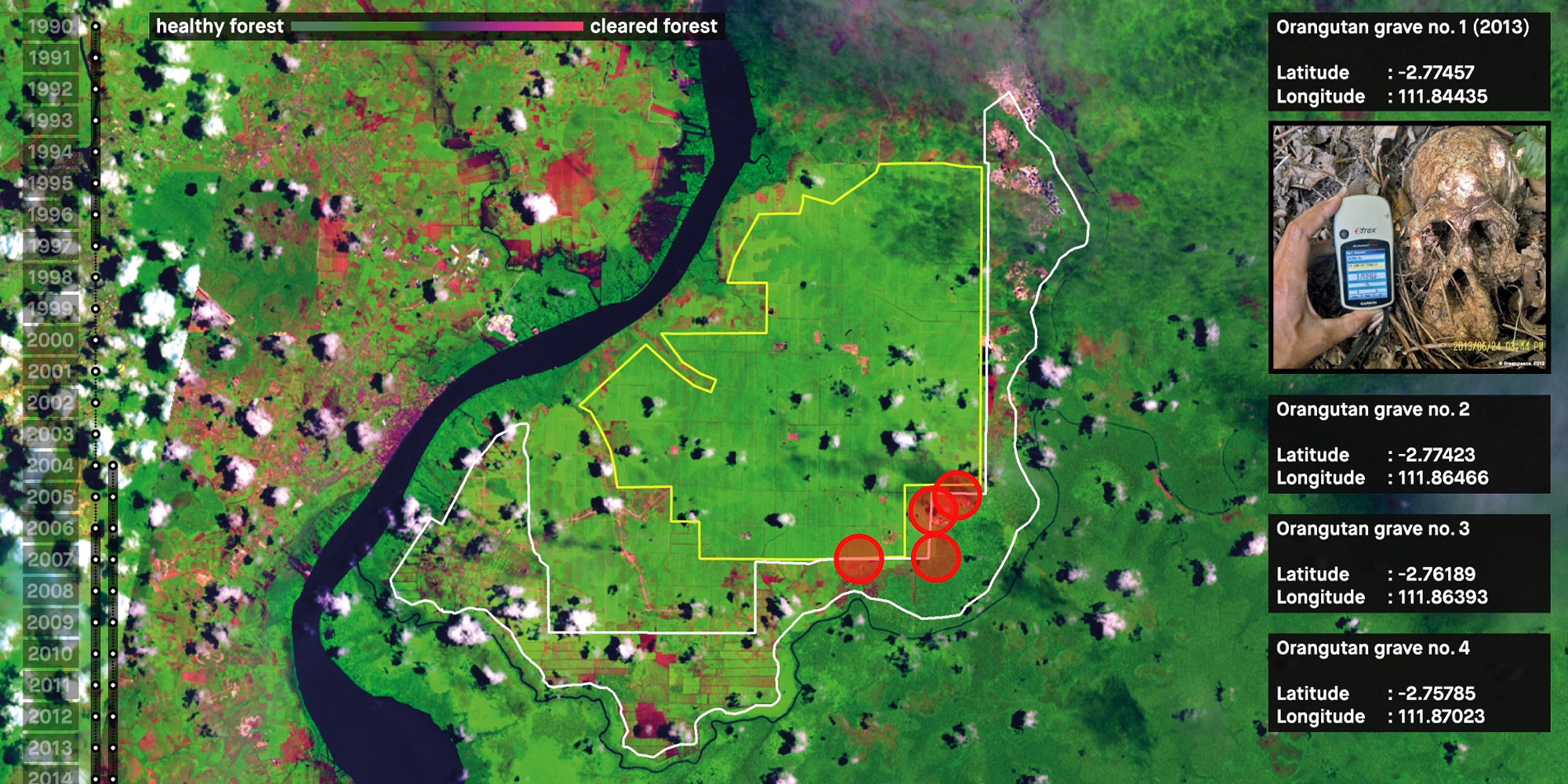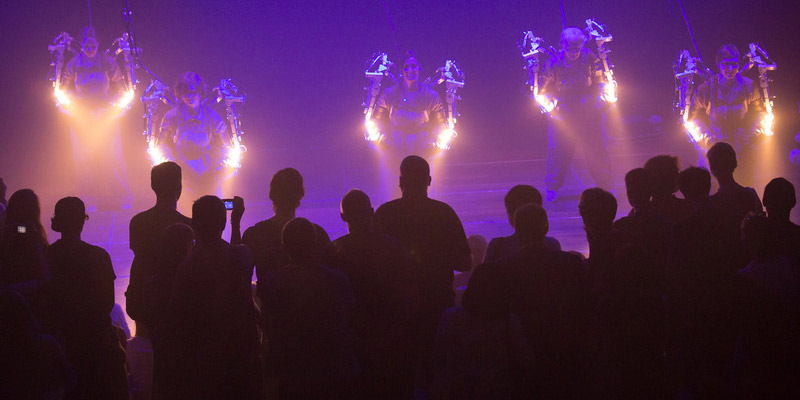In 2015, fires in the Indonesian territories Kalimantan and Sumatra consumed over 21,000 square kilometers of forest and peat lands. Fumes from about 130,000 local sources combined into a massive cloud, a few hundred kilometers long and a few kilometers thick. It contained more carbon, methane, ammonium and cyanide than those produced by the entire annual emissions of the German, British or Japanese industries.
As the acrid cloud drifted north and westwards, it engulfed a zone that extended from Indonesia across Malaysia, Singapore, southern Thailand and Vietnam. Scientists estimate that this resulted in more than a hundred thousand premature deaths, and that the fires might push the world beyond 2ºC of global warming – and into the realm of potential and unpredictable calamities – faster than expected. The cloud can be understood as the harbinger of a new international crime of ecocide, one likely to become more relevant in the years to come.
Throughout the past century, states, as well as supra- and intra-state organizations, have conceptualized cases of mass casualties under a familiar framework of human-on-human violence: political repression, violations of human rights, war crimes, sometimes even crimes against humanity and genocide. However, as the sources of contemporary calamities are increasingly likely to be a result of environmental destruction and climate change, a new set of categories and tools must be developed to describe forms of destruction that are indirect, diffused and distributed in time and space.
The environment – whether built, natural, or the entanglement of the two – is not a neutral background against which violence unfolds. Its destruction is also not always the unintended “collateral damage” of attacks aimed at other things. Rather, environmental destruction or degradation over an extended timescale can often be the means by which belligerents pursue their aims. Though environmental violence is different to warfare, it is also entangled with it; it is often both the consequence of conflict and a contributing factor in the spread and aggravation of state violence.
Credits:
Forensic Architecture
Undertaken in collaboration with FIBGAR (Baltasar Garzón and Manuel Vergara)
Project team:
Eyal Weizman (Principal Investigator), Samaneh Moafi (Project Coordinator), Jason Men, Christina Varvia, Nichola Czyz, Nabil Ahmed and Paulo Tavares


